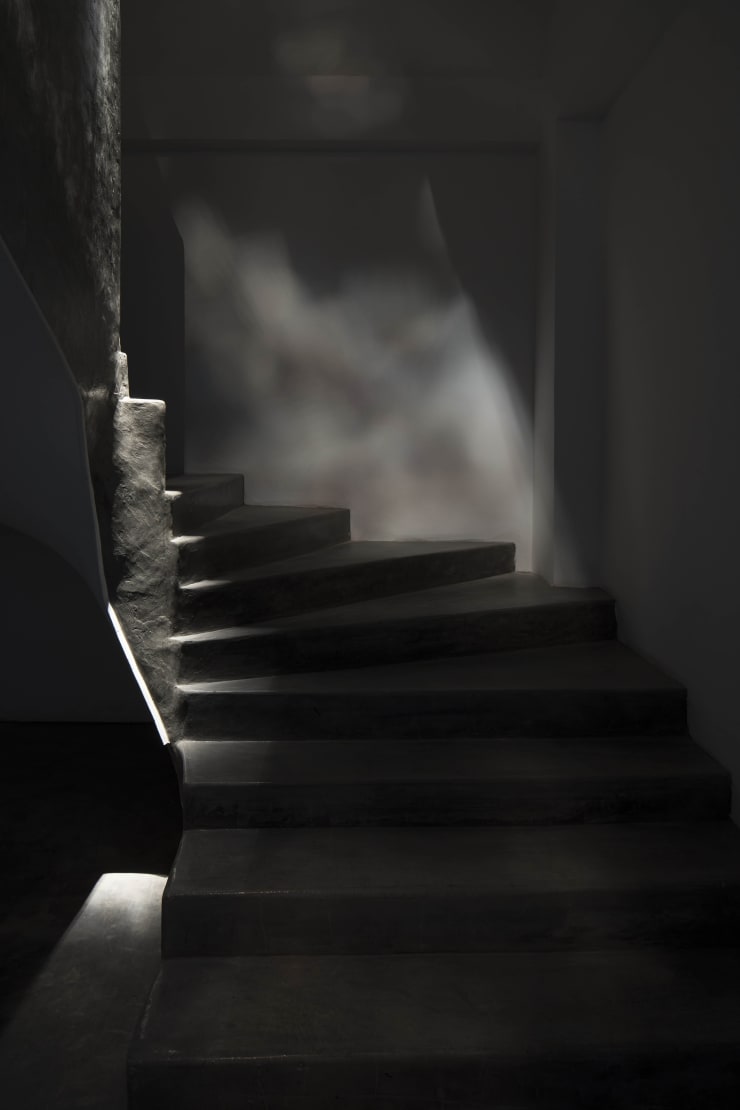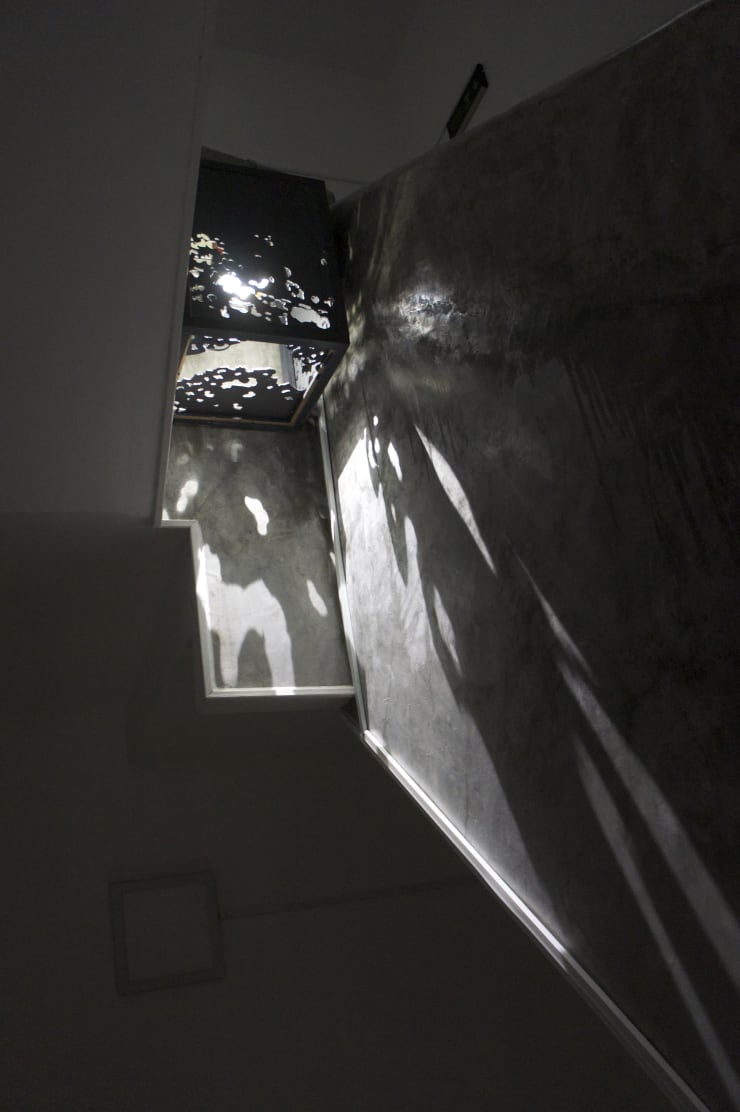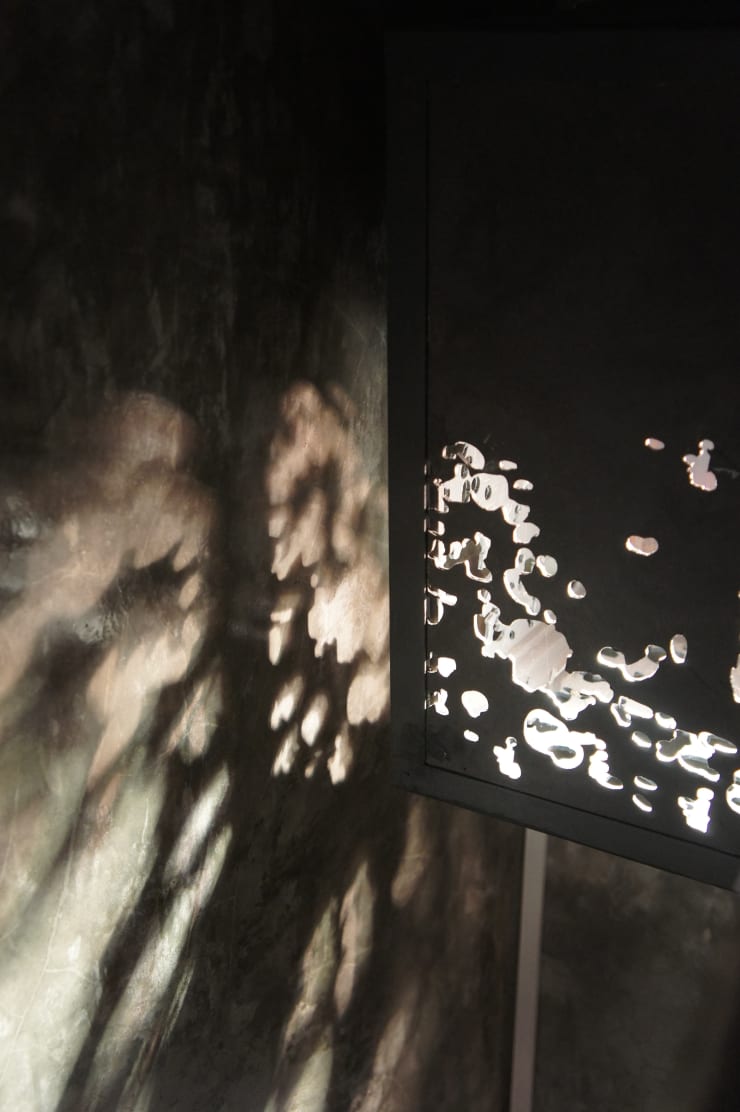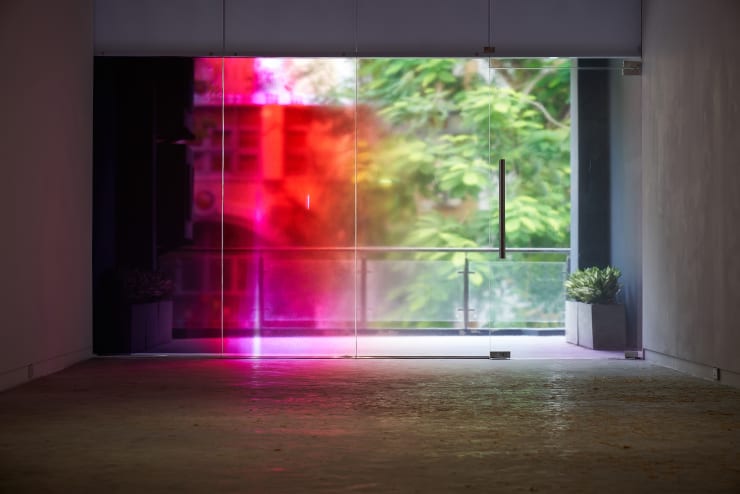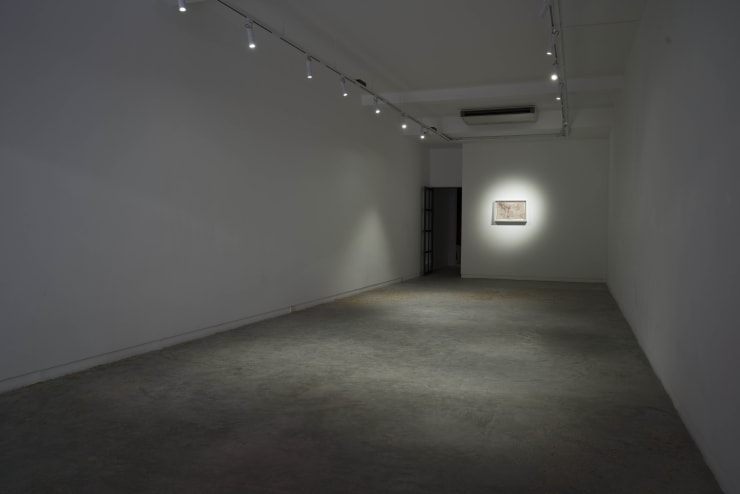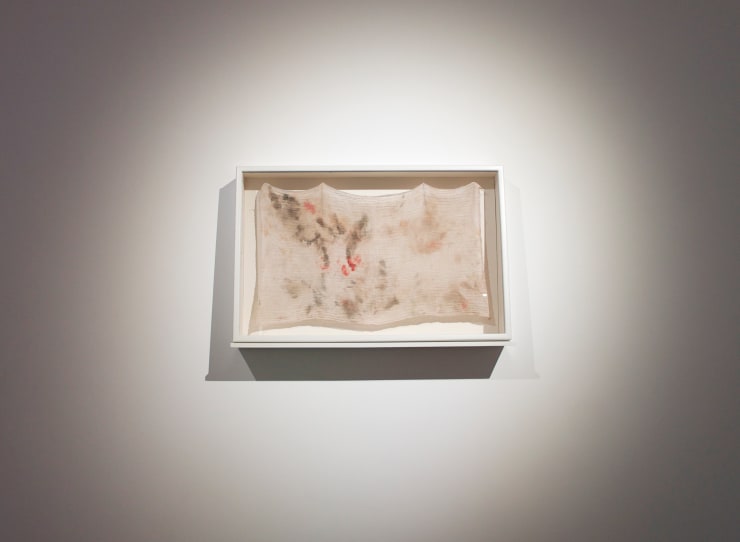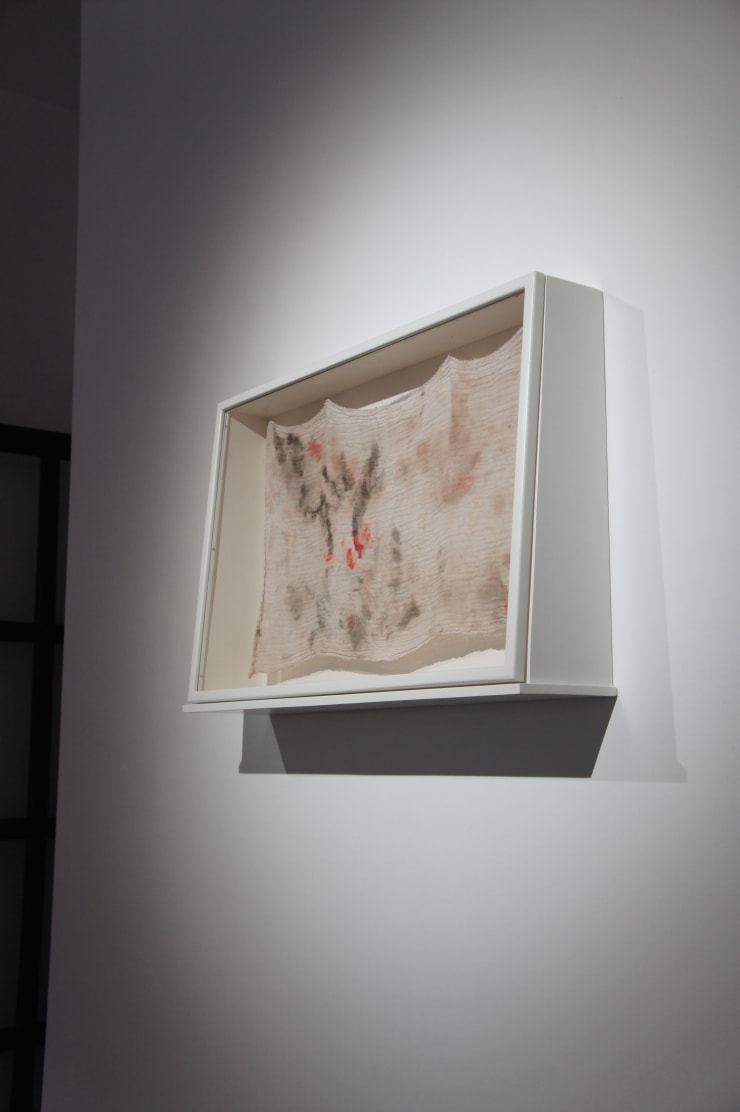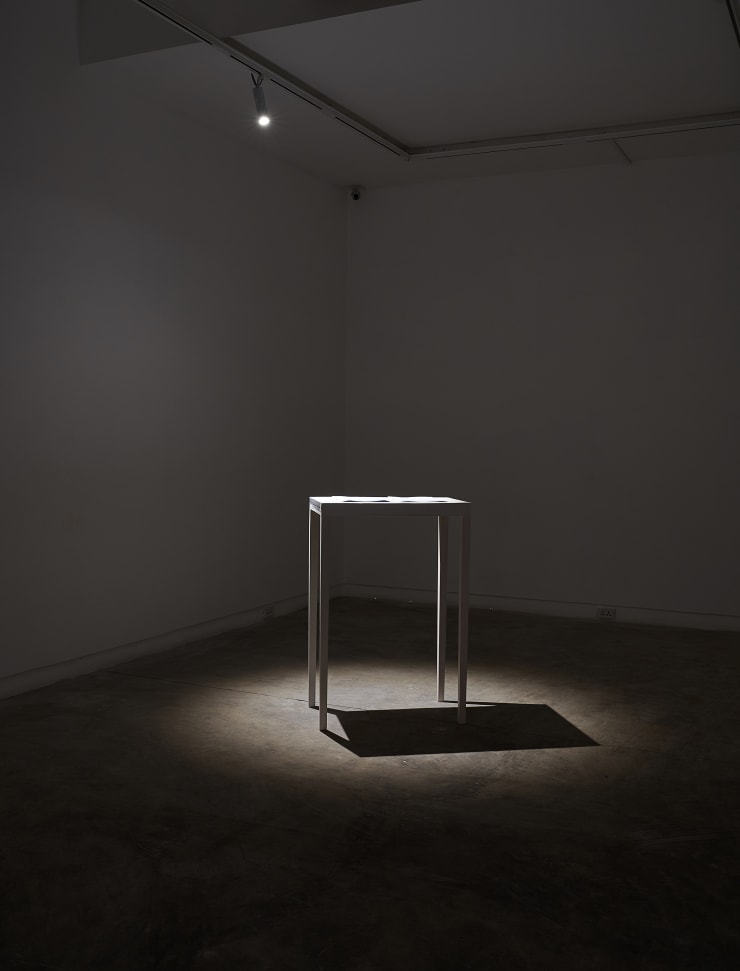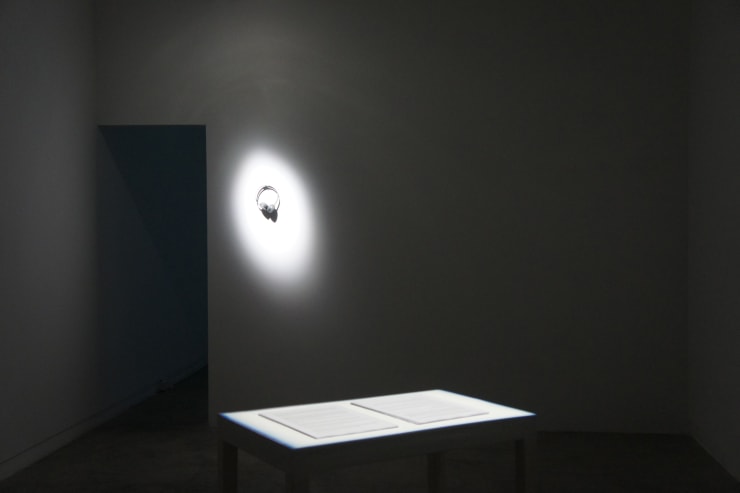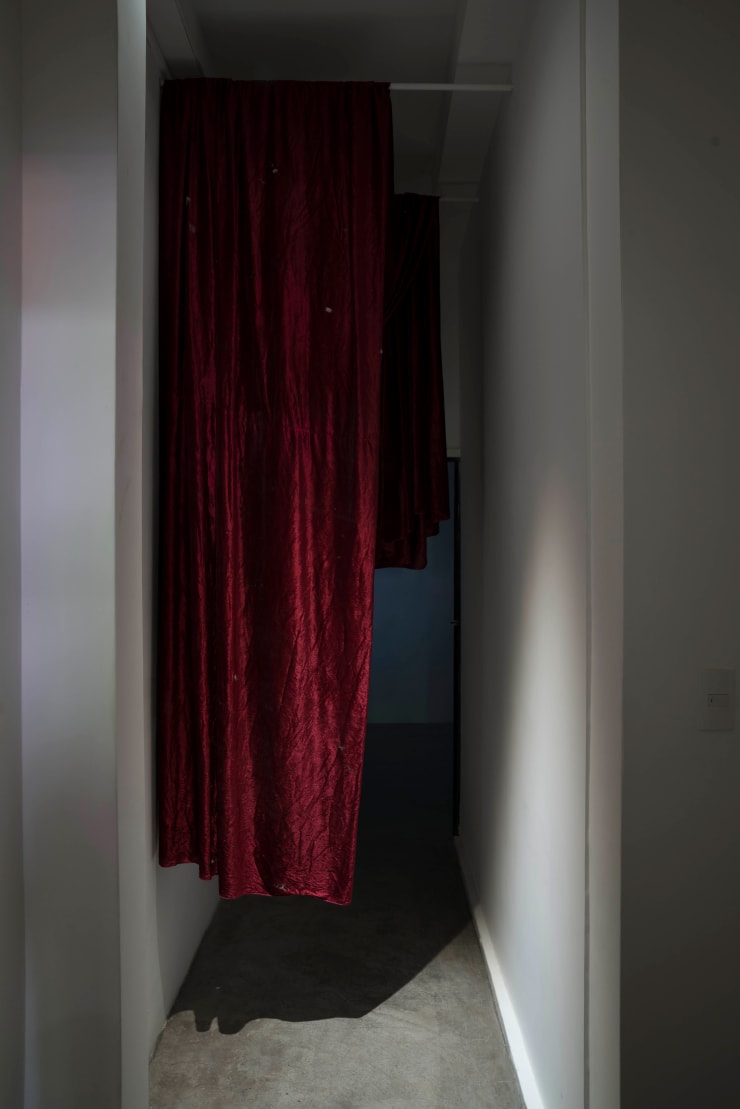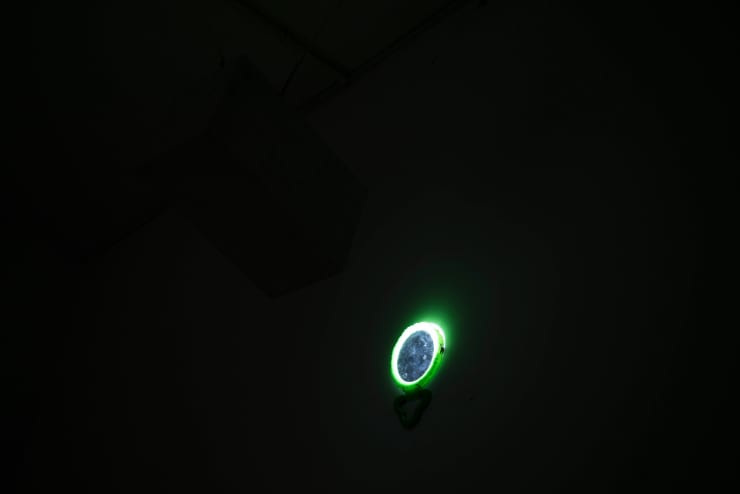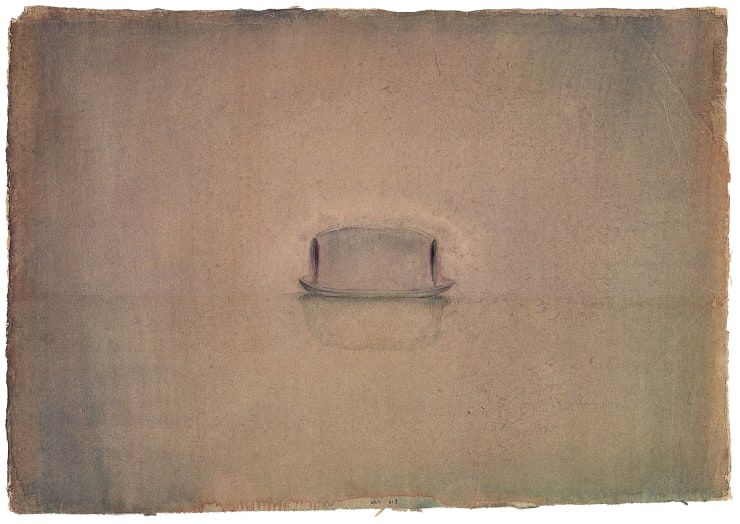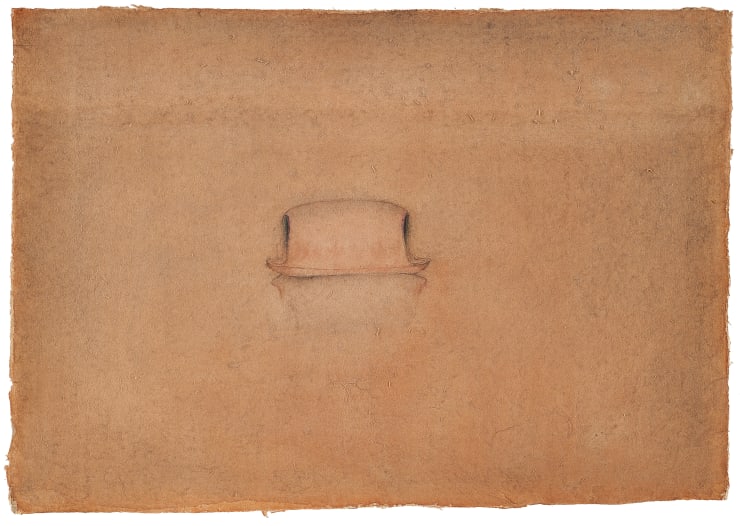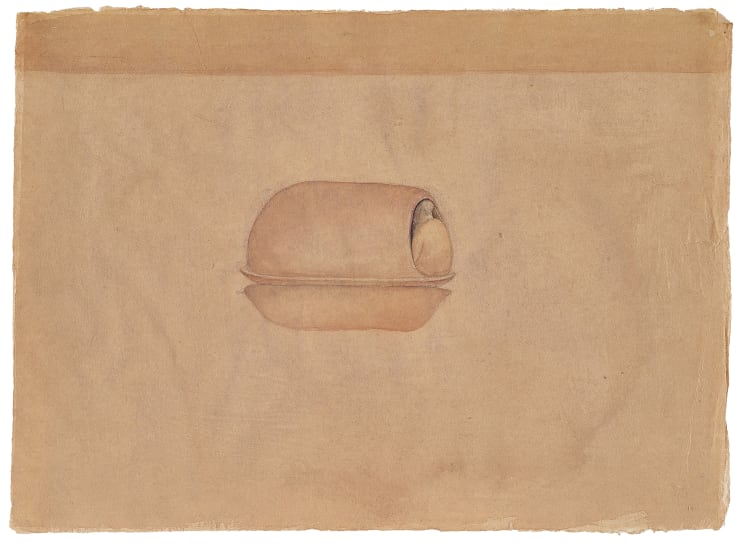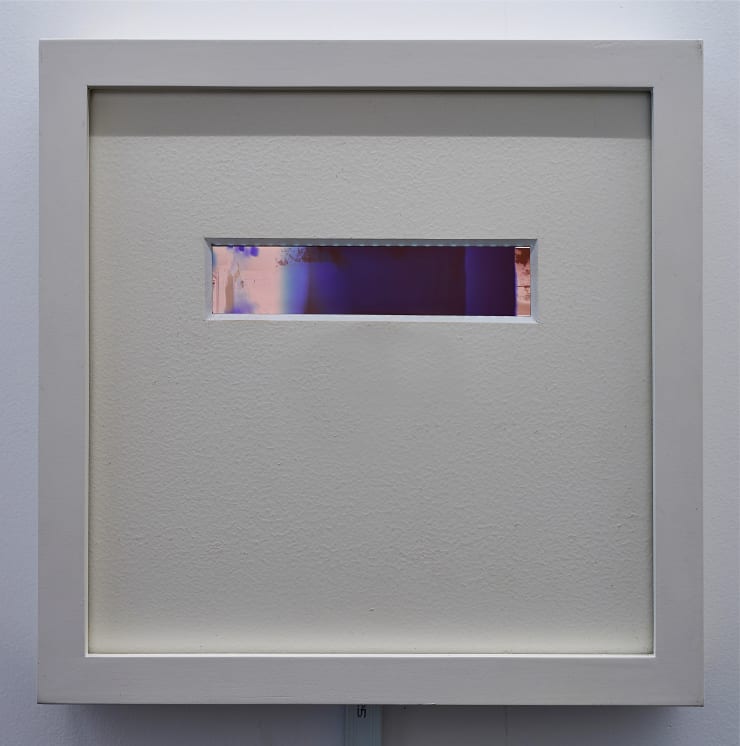âm sáng: Nguyen Huy An
Past exhibition
Overview
Galerie Quynh is pleased to present âm sáng — Nguyen Huy An’s second solo exhibition at the gallery. âm sáng, a phrase invented by the artist, communicates a sensation of light, shadows, and reflections. While sáng is translated as ‘light’, âm refers to yin (the female principle in nature) and suggests the spiritual world.
In âm sáng, Huy An finds inspiration in the rich folk and religious traditions of Northern Vietnam –scavenging relics, curiosities and memories from temple sites, theatres and distinguished actors. Once collected, these items are subtly manipulated and re-appropriated by the artist, drawing out reflections on the threads that run between the reality of today and the cultural heritage of epic mythologies and sacred communal rites that are very much a part of Huy An’s consciousness.
Huy An’s artistic practice has long built on his fascination with the objects, mundanities and spaces of daily life, particularly in and around his native Hanoi, and with the shadows they cast. Previously, the shadows he explored were more concrete but here, in sympathy with the subject matter, they have become more obscure, ambiguous, even mental shadows perhaps, cast not by an object’s corporal form but by its cultural and historical mass instead.
Originating in medieval times, the distinct styles of Tuong and Cheo Theatre embody ancient Confucianist value systems, centered on courtly and quotidian rural life respectively. They were sources not only of entertainment, but of moral teachings and social satire as well. A central aspect of the Mother Goddess, or Dao Mau faith is a highly-charged spirit possession ritual called hầu đồng, whose ceremonies include singing, dancing, and a haunting musical component known as Hat Van.
In a series of externally-sourced negatives taken of a village temple and a procession of the village deity, Huy An deliberately collected ‘unusable’ over-exposed film. The images are washed-out, almost abstract and the audience is forced, as with all negatives, to see them in the light, peering carefully at and almost through the image, to glimpse the echoes of detail that remain.
Traces of rituals are to be found throughout the exhibition as seen in the thousands of delicate termite wings in Night of Thuong Ngan. At an evening hầu đồng ritual at Dong Cuong Temple to celebrate the forest goddess Thuong Ngan, Huy An became captivated by a swarm of flying termites, cavorting in the air above the worshipers’ heads, having been drawn in by the temple’s lights. The next day he found wing fragments of the insects scattered in the temple grounds, so he collected them; inert, indifferent yet enduring participants in the ceremony of the night just passed.
A major work in the exhibition in search of Suy Van’s hair is presented in a stark room, filled only with the oral theatre of Huy An’s voice, recounting his ultimately fruitless search for the lustrous hair of a renowned actress famed for her portrayal of the doomed heroine Suy Van. Huy An has always been drawn to the raven hair of Vietnamese women, and as with his earlier work Hair on Table (2005), presented at the 14th Istanbul Biennial, the material acts as a conduit for his meditations on femininity, on the shifting ascendancies of the heroic, the melancholic and the powerless in a woman’s role in society.
With a number of works, Huy An allows only a glimpse of an object, channeling the audience’s perspective down to a narrow focal point, eliminating distraction and visual noise. He sees these objects, or certain details of them, as points of departure, spurring us to deeper thoughts on what exists behind them, and on their cultural and personal resonance.
Installation Views
Works



